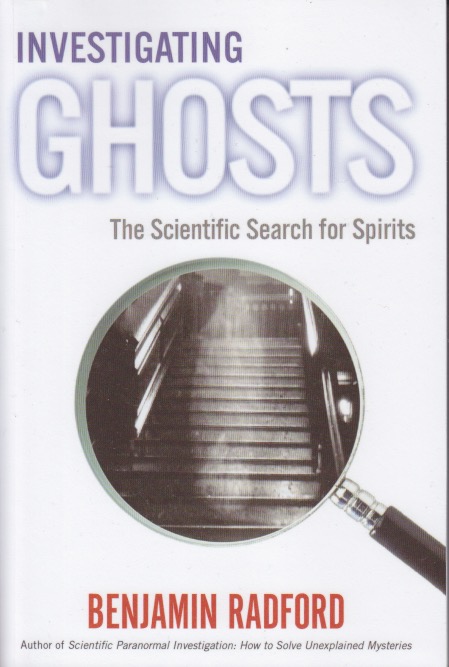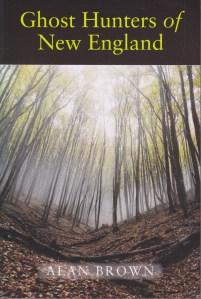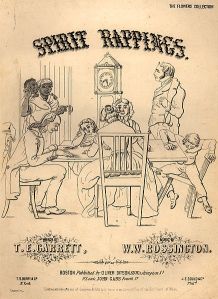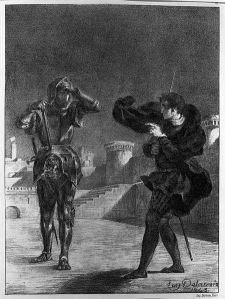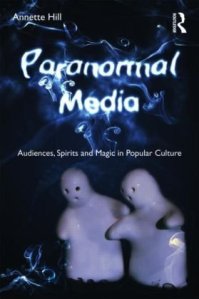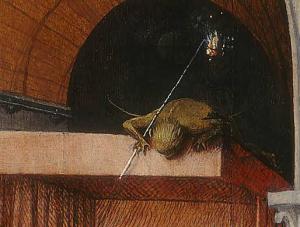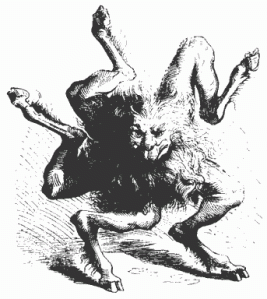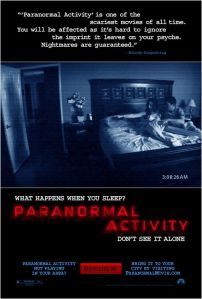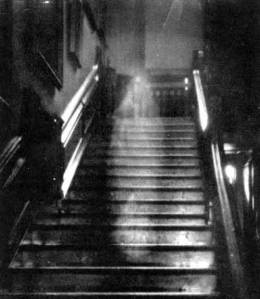The haunting season is nearly upon us. Apart from the usual fun of ghost stories, those of us with appreciation of science wonder about whether there’s any hope of confirming some of these tales. Benjamin Radford’s Investigating Ghosts: The Scientific Search for Spirits is a handy guidebook for those who don’t wish to be gullible. Radford demonstrates just why much of popular ghost hunting reality television really isn’t scientific at all. Knowing how science works, Radford is unusual in that he’s open to the possibility of ghosts. He points out, however, that from the point of view of science there’s a conundrum—there is no consensus on what a ghost actually is. Different readers and experimenters and experiencers have different ideas about them—everything from the spirits of the dead to “recordings” made by the environment to demons to time-travelers. Radford’s quite right that to test an hypothesis you need to agree on what you’re testing for.
Ghost hunting groups, as he points out, are actually gathering evidence hoping to prove the existence of ghosts (whatever they are). Evidence gathering isn’t the same as science, however. If you’ve ever watched any of these shows you’ll likely enjoy Radford’s take-down of their flawed methodology. Wandering an unfamiliar location at night with the lights off and gadgets in hand, they go here and there, possibly contaminating each others’ “evidence.” Their theories behind why ghosts do this or that—make cold spots, turn lights on and off, make white noise into EVPs, or electronic voice phenomena—don’t match the science of basic ideas of ambient temperature, wiring, and audio pareidolia. These things are well understood, but you have to read about them to apply them.
The larger question, however, remains. If ghosts exist, and if they choose (if they have will) not to cooperate, how can we learn about them? Radford makes the valid point that coming in for one night with lots of equipment and little knowledge of what we might term “the deep history of a location” stands very little chance of achieving results. It may be fun, and entertaining, and it may catch a legitimate anomaly or two, but it doesn’t, can’t scientifically prove the existence of ghosts. We still seem to be stuck with the materialism that only measures the physical. This fact may indeed fuel skeptics to suggest it’s “only this and nothing more.” But science isn’t the only way we know the world. It’s a pleasure to read a book from an investigator of this topic who has his head on straight.

